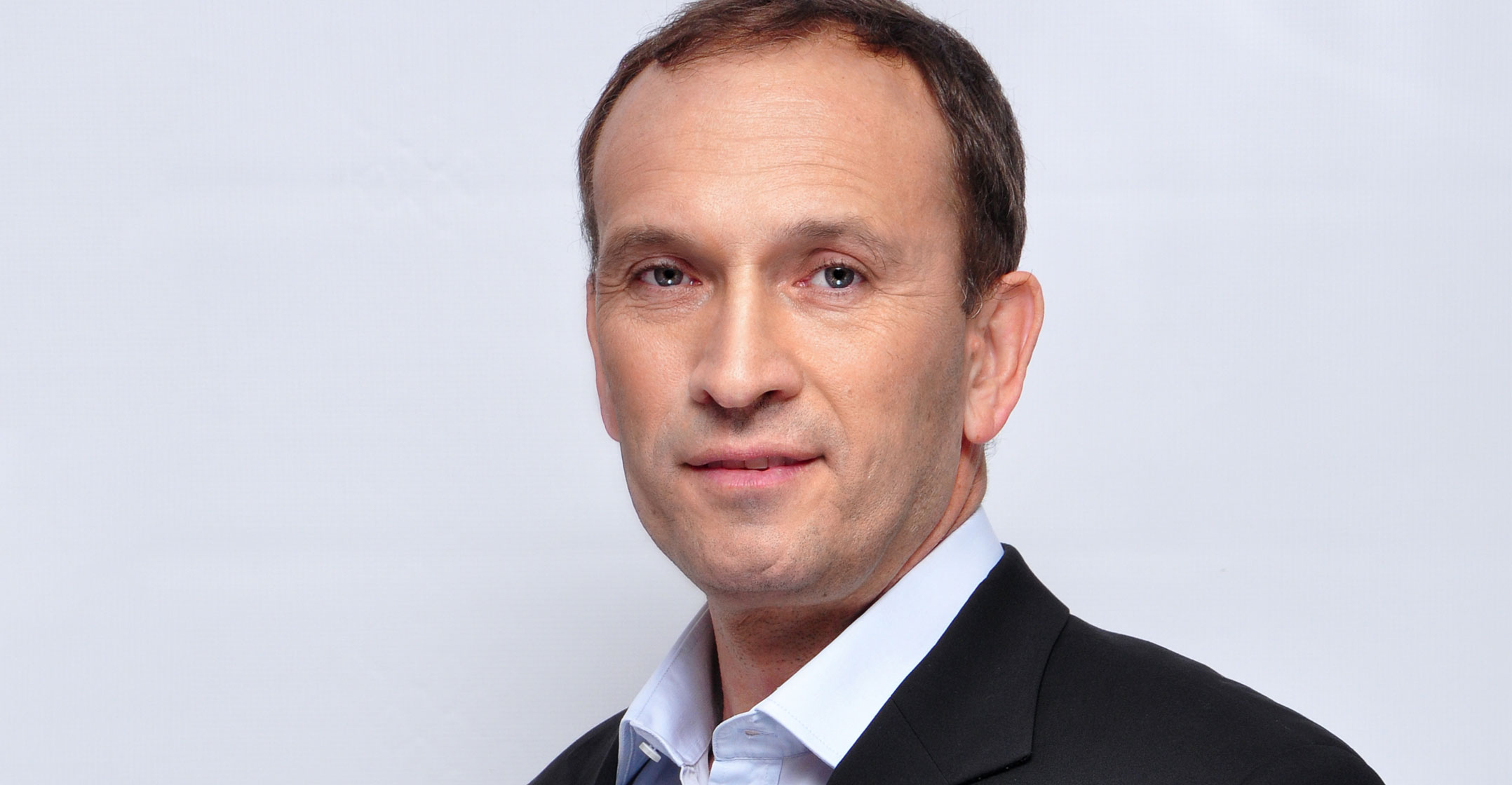
Vodacom is pouring money into its network in South Africa in an effort to ensure it stays ahead of crosstown rival MTN when it comes to coverage and performance.
The operator’s group chief technology officer, Andries Delport, said on Thursday that it invested R2-billion in its network in South Africa in the second quarter of the calendar year, and R4.6-billion in the first six months of 2018.
Between 60% and 70% of this capex investment is in the network — on site builds, transmission infrastructure such as fibre and microwave backhaul, and core infrastructure — while a growing proportion is being directed to IT investments, including automation in its call centres.
Vodacom’s population coverage with 4G/LTE technology will reach more than 85% by year-end. Urban 4G population coverage now stands at 91.5%, while rural is at 48.5%, Delport said.
The company’s investment comes as rival MTN South Africa, which has pumped more than R30-billion into its network in the past three years, has made big strides in catching up in terms of network quality and performance. The two operators have long jousted over which has the better network, but the rivalry has become noticeably more intense this year.
Research by Ookla, which runs the popular Speedtest.net bandwidth testing app and website that allow users to check the speed of their Internet connections, shows that Vodacom and MTN are in a neck and neck race this year to be the country’s best network.
In the first quarter, Vodacom lost the right to claim network superiority, at least in terms of Ookla’s research. That changed in the second quarter, with Vodacom ahead in 4G, but still neck and neck with MTN in terms of 3G performance. “The engineers will work on that,” Delport said.
He again urged policy makers and the regulator to release radio frequency spectrum so that the industry can continue to expand 4G coverage, especially in rural areas, where he said more sub-1GHz bands are needed to ensure that coverage can be rolled out affordably.
Refarming no more
Using existing spectrum assets, he said Vodacom is unable to build 4G networks in rural areas efficiently. The frequencies below 1GHz have better propagation characteristics, meaning fewer sites need to be built, reducing costs and making it more economical to deploy 4G infrastructure outside the country’s urban areas.
Vodacom and MTN have both reallocated, or “refarmed”, some of their spectrum in the 900MHz band — which they have historically used for 2G voice services — for 3G voice and data. However, Vodacom does not have sufficient bandwidth at 900MHz to use it for 4G, too, Delport said. It therefore needs access to additional sub-1GHz spectrum. The problem is these frequencies are still being used by television broadcasters because of the long delay in migrating the country from analogue to digital terrestrial television.
“We have run out of spectrum. We cannot provide coverage in rural areas on 4G,” he said. Unfortunately, it will be some time yet before bands below 900MHz are available. “It is not as easy as just giving up 800MHz spectrum. There are TV broadcasters in that band. They must vacate the band, and you have to clean it up.” — (c) 2018 NewsCentral Media




